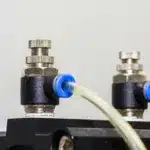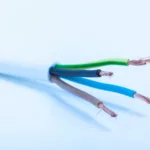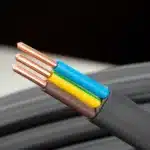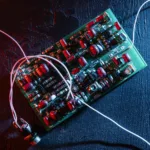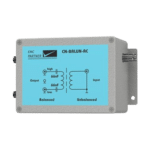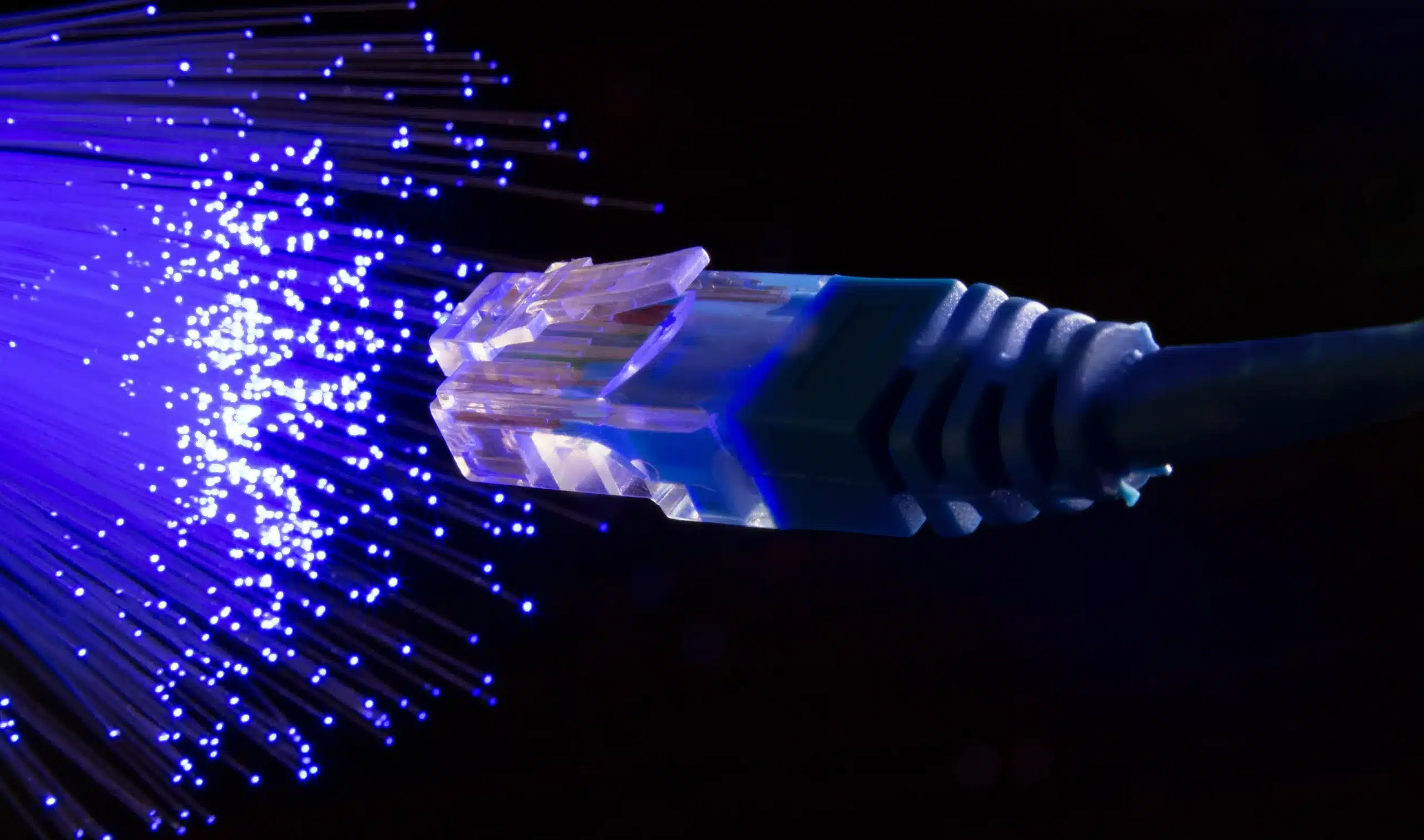
Introduction
The evolution of the Internet and the continuous demand for faster data transmission speeds have necessitated the widespread use of fiber-optic cables. These cables, known for their unparalleled data transmission speeds, efficiency, and bandwidth capabilities, have become the backbone of modern telecommunications. However, navigating the complex market of fiber-optic cable sourcing can be daunting. This article aims to simplify the process of sourcing fiber-optic cable connectivity by providing insights into its key challenges and strategies for simplified procurement.
Introduction to Fiber-Optic Cables
Before diving into sourcing strategies, it’s crucial to understand what fiber-optic cables are and why they’re preferred for modern telecommunications. Fiber-optic cables consist of one or more optical fibers designed to transmit data at incredibly high speeds over long distances. These fibers are encased in a protective jacket and utilise light to transmit information, offering unprecedented advantages over traditional copper cables in terms of bandwidth, distance, and reduced interference. Additionally, fiber-optic cables are much thinner and lighter than metal wires, offering easier installation and maintenance in various industrial settings.
The Significance of Streamlined Sourcing of Fiber-Optic Cable Connectivity
The importance of streamlined procurement for fiber-optic cable connectivity cannot be overstated in today’s fast-paced digital world due to various reasons. Simplified sourcing ensures efficient availability and deployment of infrastructure needed to support digital advancements. It also reduces the cost associated with the procurement of installation of fiber-optic cables, saving expenses and ensuring affordable consumer services. Additionally, simplified sourcing also contributes to sustainability, reliability, and maintaining high standards, shaping the future of digital communications.
Challenges in Sourcing Fiber-Optic Cable Connectivity
Sourcing a bespoke optical cable can present several challenges for businesses and organisations looking to upgrade or expand their network infrastructure. These challenges range from cost considerations to technical specifications and understanding them is crucial for making informed decisions. Some of the key difficulties include high initial costs, compatibility, complex installation, availability, quality, and integration issues. Addressing these challenges requires careful planning, budgeting, and collaboration with experienced suppliers and technicians.
Simplified Sourcing Strategies: Exploring Critical Tools and Resources for Simplified Sourcing
To simplify sourcing strategies and to ensure you get the best value and reliability for fiber-optic cables, consider the following streamlined approaches, including:
Identifying Your Connectivity Needs
The first step in simplified sourcing is identifying your specific connectivity needs. Consider factors, including the required data transmission speed, bandwidth, signal distance, and the environment in which the cable will be installed. For instance, outdoor installations may require armoured fiber-optic cables to protect against environmental hazards, while indoor installations might benefit from plenum-rated cables for fire resistance.
Choosing the Right Type of Fiber-Optic Cable
Fiber-optic cables come in two primary types: Single-mode and Multi-mode. Single-mode fibers are designed for long-distance communication, offering a single path for light to travel, which minimises signal loss. Multi-mode fibers, on the other hand, are better suited for shorter distances, providing multiple paths for light and supporting higher data rates.
The Importance of Quality and Specifications
When sourcing fiber-optic cables, the quality and specifications are paramount. The right cable should meet or exceed industry standards for performance, including bandwidth capacity, attenuation (signal loss), and durability. Specifications such as the type of fiber, the cable’s construction, and the intended environment must be carefully considered to ensure compatibility and performance.
Identifying Reliable Suppliers
Simplified sourcing of these optical cables requires identifying and vetting reliable suppliers. Opt for suppliers with a proven, trusted track record, necessary certifications, and positive customer reviews. It’s also beneficial to find suppliers that offer additional services such as customisation, technical support, and fast delivery options.
Leveraging Technology for Comparison and Procurement
Technology is significant in simplifying the sourcing process. Utilise online platforms and tools to compare products, prices, and specifications from multiple suppliers in real time. These platforms can also facilitate direct communication with suppliers, request for quotes (RFQs), and even execute purchases, streamlining the procurement process.
Building Long-Term Partnerships
Developing long-term relationships with suppliers can lead to better pricing, priority support, and access to the latest products and technologies. When suppliers are familiar with your business and its needs, they can offer tailored solutions and proactive service, reducing the time and effort required for future sourcing.
Understanding Global Market Trends
Staying informed about global market trends in fiber-optic cable production and supply can help you anticipate changes in pricing, availability, and emerging technologies. This knowledge enables more strategic sourcing decisions, such as buying in bulk during low-price periods or diversifying suppliers to mitigate risks.
Future Trends in Fiber-Optic Connectivity
The future of fiber-optic connectivity looks promising, with ongoing research and development focused on increasing data transmission speeds and reducing costs. Innovations such as photonic crystal fibers and hollow-core fibers are on the horizon, promising even faster speeds and more efficient data transmission.
Bottom Lines
Simplified sourcing for fiber-optic cable connectivity requires a strategic approach that emphasises quality, efficiency, and strong supplier relationships. By understanding the critical aspects of fiber-optic cables, leveraging technology for efficient procurement, and staying informed about market trends, businesses can secure the high-quality connectivity solutions they need to thrive in today’s digital landscape. With the right approach, you can leverage the unparalleled performance of fiber-optic cables to meet your connectivity needs, now and in the future.








